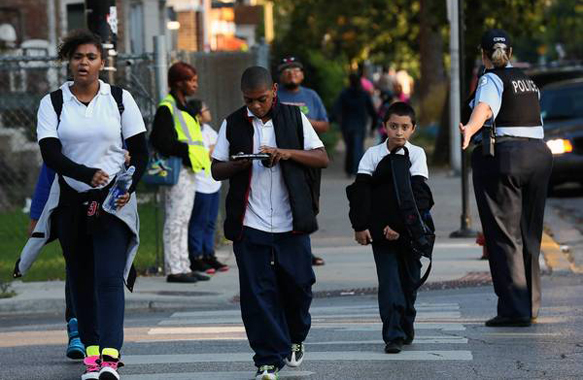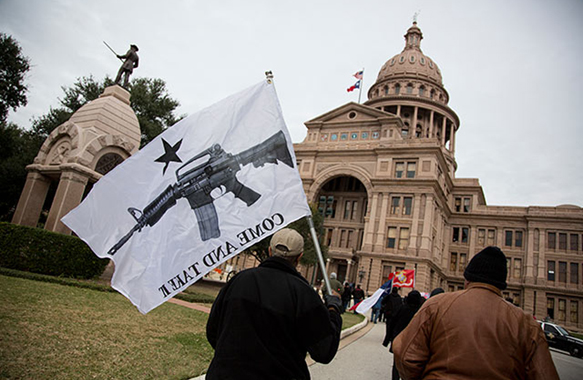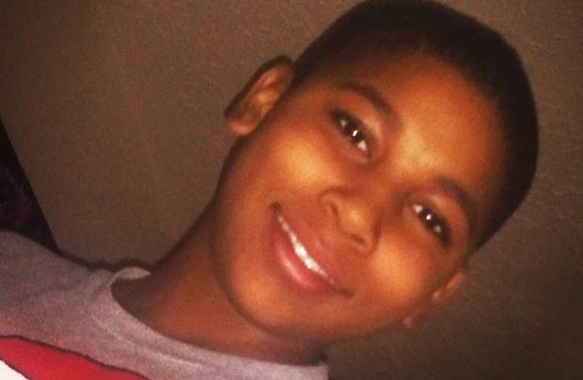Students cross 25th Street at South Central Park Avenue as police and a Safe Passage guard keep watch. (John J. Kim, Chicago Tribune)
You can lead a child to a welcoming school, but you cannot make him or her drink from waters that feel dangerous. No. A child knows what he/she thinks and feels. No one wants to lose the neighborhood school that they love and learn in. Parents and pupils are not fooled by all that glitters. Our young want an education. They want to be taught by teachers who know them, who understand their community, and its needs. They want their schools to remain open and serve them. Children want to continue the legacy that is common in Chicago neighborhoods; they too want to be able to say as their parents did, “My mom, graduated from this school. And I will too.” Since that can no longer be true…
CPS Students Scattered When Schools Closed
Almost half the youngsters most affected by Mayor Rahm Emanuel’s school shutdowns did not enroll this fall in the new schools where officials planned for them to go, records from Chicago Public Schools show.
Nearly 7,000 students in grades pre-kindergarten to 7th were enrolled last spring in 30 city elementary schools that have since been decommissioned and their buildings closed, according to records obtained by the Tribune under the Freedom of Information Act.
But more than 3,300 of those children — 48 percent — are not attending the “welcoming” schools designated to take them in this fall, records show.
Those facilities comprise the bulk of a sweeping and controversial consolidation push that Emanuel said would leave the cash-starved district slimmer, more educationally nimble and more cost effective. In all, 47 elementary school programs for nearly 12,000 students were closed, though the disruption was minimized for many students allowed to remain in several buildings that were renamed after being merged with other schools.
To cushion the blow, the cash-starved Chicago Public Schools poured $233 million into renovations and other upgrades aimed primarily at welcoming schools designated to take in displaced students from closed facilities, including spending on new iPads, air conditioning, computers labs, specialized education programs and accommodations for the disabled. Millions of dollars were also committed to safety programs at many of the official receiving schools, including increased police patrols and the hiring of 600 Safe Passage monitors to watch over children on their way to and from classes.
But the records, which tote up enrollment data from the early weeks of the current school term, show that a large number of displaced students voted with their feet and didn’t go where the transition spending was concentrated. And several neighborhood schools with chronic facility needs that didn’t share in the new resources are now coping with an unexpectedly large influx of students from closed facilities.
When West Pullman elementary closed, the fear of gang problems led Cynthia Patterson to send her 13-year-old son seven blocks to Metcalfe elementary rather than just two blocks to Haley school, which was designated to be the welcoming location.
“People want the best for their child, but just because they said the kids would be welcome doesn’t mean you want them to go there,” she said.
In all, Metcalfe took in 77 transferees from closed schools though it also has no facilities for the disabled and would cost more than $6 million to fully upgrade, records show.
Langford school in the Englewood neighborhood is now home to 89 students transferred from closed schools. District records show Langford lacks accommodations for disabled students and requires nearly $11 million in modernization work.
Neither school benefited from the special transition help, though both have more enrollees from closed schools than several of the official welcoming schools, records show.
At a groundbreaking ceremony for a new field house in Chinatown, Emanuel on Monday did not respond to a question about the lower-than-anticipated numbers of students enrolled in welcoming schools.
CPS has pledged extra financial aid to any school not designated as a welcoming school but nonetheless dealing with an influx of 25 or more students from a closed school, said Becky Carroll, a CPS spokeswoman. However, such schools do not share in Safe Passage programs.
“We have worked closely with and continue to monitor schools that received additional students from consolidated, underutilized schools and are poised to make adjustments to accommodate their needs,” Carroll said. “I’m not aware of any situation however where there was a demonstrable need to expand Safe Passage to any of those schools.”
In addition, under a new budgeting system this year, the more kids a school has, the more money it receives.
School officials tracked the whereabouts of students from closed schools as part of two enrollment snapshots taken in September, one on the 10th day of the new term and another on the 20th. Different measures were released to different media outlets in recent days, and while the numbers contained slight variations, the overall results were similar.
Excluding eighth graders likely to have graduated last spring, the closures hit 11,729 students in all, with 7,309 — about 62 percent — choosing to enroll in the welcoming school the district had designated for them. That percentage, which includes situations where students remained in the same building but got new teachers and staff, is still far below district predictions of around 80 percent.












Leave A Comment